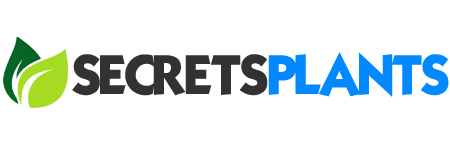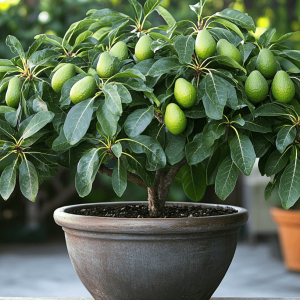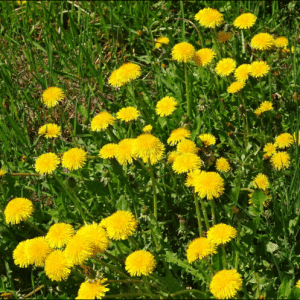
If your basil plant has started to bloom, don’t toss the flowers away! Basil flowers, often overlooked, are packed with the same aromatic compounds that make basil leaves so beloved. These flowers can add unique flavor to dishes, infuse oils, and even propagate new plants. Let’s dive into how to make the most out of basil flowers.
Why Keep Basil Flowers?
Basil flowers, small and delicate, have a slightly milder flavor than the leaves, with a hint of sweetness. Although most people snip them off to encourage leaf growth, they’re edible and versatile, adding a subtle basil taste to foods and drinks.

How to Use Basil Flowers
- Flavorful Basil Vinegar
Basil flowers can transform plain vinegar into a fragrant, herb-infused concoction. Follow these simple steps to make your own:- Gather and Dry: Cut basil flowers when they’re about 10–15 cm in length. Dry them by placing them in a sunny, wind-free spot for about 48 hours.
- Infuse: Place the dried flowers into a bottle of white or apple cider vinegar. Seal the bottle tightly and store in a cool, dark place for about a week.
- Strain and Store: After a week, strain the flowers and transfer the vinegar to a clean bottle. You’ll have a homemade basil vinegar perfect for dressings, marinades, and sauces.
- Growing New Basil Plants
You can propagate basil from flower spikes, allowing you to create new seedlings and expand your basil garden. Here’s how:- Leave Flowers to Mature on the Plant: Allow the flower spikes to dry naturally on the plant until they turn brown and crispy.
- Collect Seeds: Shake the dried spikes over a container to collect the tiny seeds. Plant them in moist, sandy soil and keep the soil lightly damp.
- Wait and Transplant: Within a few weeks, seedlings will emerge. Once they’re a few inches tall, transplant them into larger pots or your garden.
- Herbal Basil Flower Tea
Basil flower tea is a lovely way to enjoy basil’s benefits, especially for relaxation or as a refreshing hot or cold drink.- Dry the Flowers: Once your flowers are dry, crush them slightly to release their aroma.
- Brew: Place a teaspoon of dried flowers in a tea infuser or directly in a teapot. Add boiling water and let steep for 5–7 minutes.
- Enjoy: Serve as is, or add a bit of honey for sweetness. Basil flower tea has a mild, floral flavor, making it ideal for unwinding.
- Cooking and Garnishing
Basil flowers can be used directly in cooking, adding a touch of color and flavor to various dishes:- Garnish: Use fresh basil flowers to garnish salads, soups, and pastas.
- Cook with Them: Sprinkle them into pesto, blend into oils, or add to sauces for a lighter basil taste.

Extra Tips for Basil Flower Usage
- Storage: For maximum freshness, store dried basil flowers in an airtight jar in a cool, dark place.
- Experiment: Try combining basil flowers with other herbs to create unique tea blends or vinegar infusions.
- Harvest Regularly: Harvesting flowers frequently will also encourage your basil plant to grow more leaves, giving you a full, productive plant all season.
Basil flowers offer multiple ways to enjoy your basil plant beyond the leaves, providing a delicious and sustainable option to elevate your cooking, grow new plants, and even make a relaxing tea. So next time your basil flowers, don’t snip and discard—let them inspire new ways to bring this beloved herb into your kitchen and garden.






